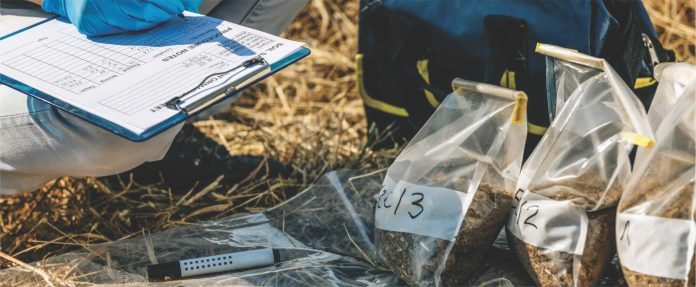Combining excellent analytical performance with exceptional ease of use and low operational costs, the latest near Infrared (NIR) analyzers have much to offer to the feed mill. But why is NIR important for the feed industry, what does it take to install an analyzer and what about the ROI?
Near Infra-Red Spectroscopy (NIR) is an excellent tool to measure the nutritional composition of feed ingredients as well as compound feed. The technology has been used for analyzing feed since the 1980’s. The advantage is obvious, in less than two minutes you can analyze a wide range of nutritional parameters. The spread and expansion of the technology, however, was limited in that it is an indirect method and it needs to be maintained and supported continuously in order to produce reliable results. This is especially true for the feed industry with the diversity of raw materials and by-products being used and constant changes. NIR is an indirect method; the calibrations will only measure samples that are similar to the samples the calibration was built with. The results can be trusted if the methods are validated properly and with ISO 12099.
The changing NIR landscape
There are many benefits to be found such as easier sample handling, more intuitive software, instrument networking, remote support, and reporting. With improved performance and better repeatability of results over time due to more stable, factory-standardized instrumentation that is less sensitive to the effects of temperature variations, the NIR technology has benefitted a large number of feed millers.
Easier administration and access to online support and services
Networking software and associated digitalisation of NIR have developed considerably in recent years and are designed to work optimally with faster operations and data security. The administration is now much simpler with many smart options available such as central access to data, updates of instrument settings and calibrations, readymade reports, and better control of the implementation of standard operating procedures.
All this adds-up to consistent application of NIR analysis across the organisation while saving time and reducing the need for NIR specialist training at multiple sites.
On-line support has also improved significantly. The diagnostic data id collected which can be used to ensure a higher uptime and performance of the entire solution, whether this is monitored by instrument owners themselves or handled through various applications for trouble shooting. The resulting increase in uptime and reliability quickly translates into efficiency gains for users.
Calibration options in Feed technology
When considering a NIR, it is important to also consider whether to buy new calibrations or develop or re-use your own calibration data.
Since many feed producers are sourcing raw materials globally, there can be major benefits in having the instrument supplier also deliver global calibrations for these raw materials. This will help in covering the variability of the raw materials and help to reduce the time and costs needed to develop calibrations. Another point is that these calibrations are often tailor-made to the new instrument versions to ensure optimal total solution performance.
Where a feed producer wants to reuse existing calibration data, this can also be done. First, a number of representative samples are scanned on both the new and the old instruments. Secondly, a calibration specialist can standardize the database and recalculate the calibration models. Finally, before being put into use, the calibration models should be validated using additional samples. There is an added advantage in this that, one could be interested in this option, could still do so, should ensure this process can be accomplished while the old unit is still operational.
How does networking affect your ROI?
More and more NIR users are finding the advantages of networking software. It can give you control over those obstacles that previously limited the usage. Companies that have introduced networking software have been able to not only increase the reliability and performance of their instrument(s), but also lowered their operating costs by up to 33%, mainly by spending less time on support and training, and less money on reference analysis for validation and updating of their calibrations.
Costing is crucially important in the feed industry and is gaining pace with the advent of digitalization in the industrial revolution. As government regulations become more and more stringent by the day, feed millers are looking for solutions to meet the requirements precisely. With accurate information becoming the need of the hour, the feed industry is gearing toward the NIR technology. It is being used by the millers to meet the specific nutritional requirements of feed and the required nutritional parameters. With better uptime, faster analysis, and better calibrations, the investment in NIR is pacing and the days are not far when proximate analysis through NIR becomes the choice of every growing feed miller.
by Foss India













